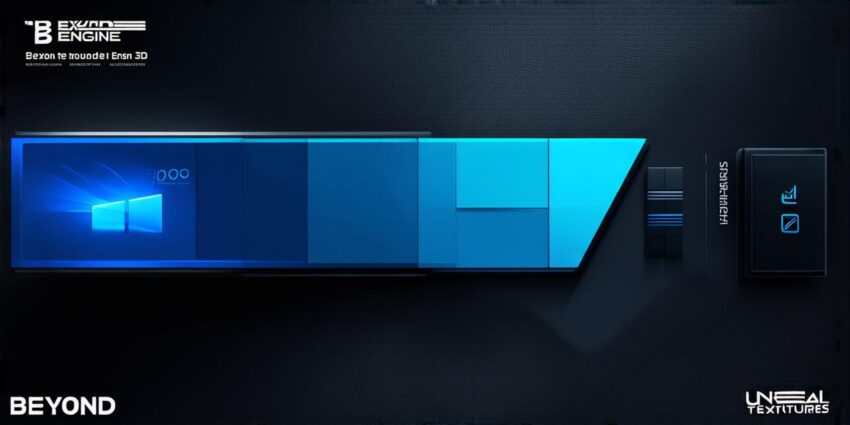Unreal Engine is a popular game engine that is widely used for creating 3D games and virtual environments. It has been around since the early days of computer graphics and has evolved significantly over time. In recent years, there has been some speculation about whether Unreal Engine is limited to only 3D capabilities or if it can also be used for other types of projects.

3D Capabilities:
Unreal Engine is undoubtedly known for its 3D capabilities. It provides a powerful set of tools for creating and manipulating 3D objects, textures, and lighting. With Unreal Engine, users can create incredibly detailed and realistic environments, characters, and creatures. The engine also supports advanced animation techniques such as motion capture and physics-based animation.
2D Capabilities:
While Unreal Engine is primarily known for its 3D capabilities, it can also be used for 2D projects. For example, the engine can be used to create 2D games that use 3D graphics for backgrounds and characters. It can also be used to create interactive 2D environments such as websites and applications.
Other Capabilities:
In addition to its 3D and 2D capabilities, Unreal Engine has a number of other features that make it suitable for a wide range of projects. For example, the engine supports VR and AR development, allowing users to create immersive virtual experiences. It also supports real-time rendering, making it ideal for creating live events such as concerts and sports broadcasts.
Summary:
In conclusion, Unreal Engine is not limited to only 3D capabilities. While it is primarily known for its 3D tools, it can also be used for 2D projects and has a number of other features that make it suitable for a wide range of projects. So if you are looking for a powerful game engine or virtual environment creation tool, Unreal Engine is definitely worth considering.
